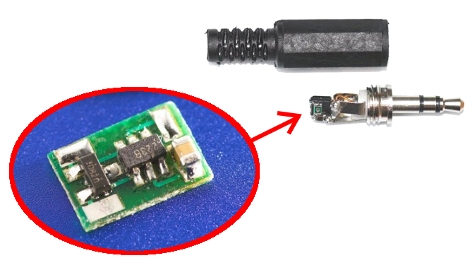Old timey pics with a new timey camera

Update: We’ve already looked at this one… see the full article for all the details.
One way to get old-looking photographs is to use a vintage camera. Then again you can just connect a 1908 lens to a modern dslr with great results. [Thanks MS3FGX]
Cheap iPad mounting bracket

Need a way to hang your iPad but don’t want to spend some bucks? [Tumbleweed] used a $3 plate hanger to do the trick.
Hand engraving

You can get free laser engraving when you buy an iPhone but it won’t look as good as this does. [Viljo Marrandi] spent eight hours on this, but most of the time was spent resharpening tools dulled by the tough metal.
Let time prevent your computer from going idle

Want to keep your screen saver from running? No need to change settings, software, or use special hardware. Just set your mouse on an analog watch and let the moving hands jiggle it around. [Thanks Lovro]














